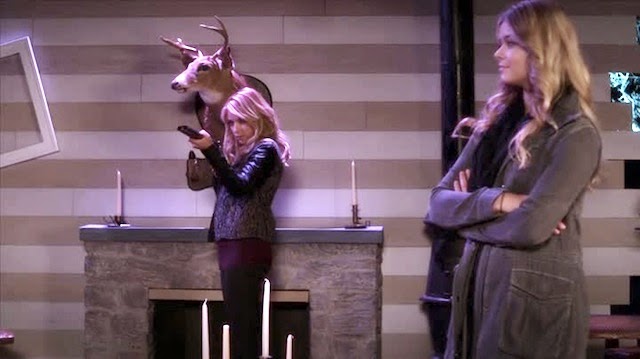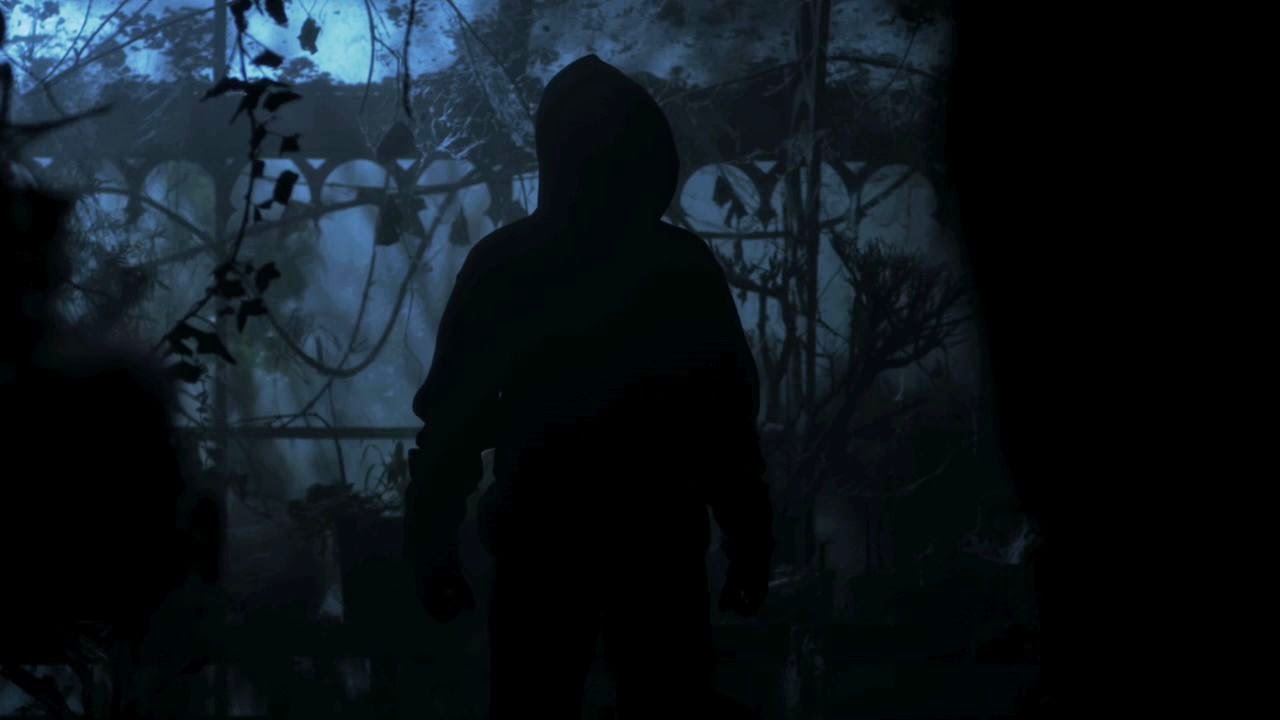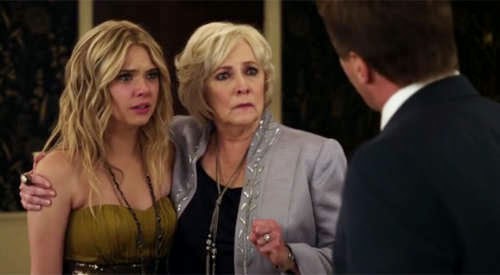WETPAINT: The girls are seen studying Hedda Gabler in Season 3. What does Ibsen’s neurotic femme fatale have to do with PLL?
One of the things I admire about the writers on Pretty Little Liars is that they’re all voracious readers and they draw upon the great heritage of literary, art, and film references. Wikipedia’s entry about Hedda Gabler includes the following: “Depending on the interpretation, Hedda may be portrayed as an idealistic heroine fighting society, a victim of circumstance, a prototypical feminist, or a manipulative villain. Her aims and motives have a secret personal logic of their own. She gets what she wants, but what she wants is not anything that the normal usually admit, publicly at least, to be desirable. One of the significant things that such a character implies is that there is a secret, sometimes unconscious world of aims and methods — one might also say a secret system of values — that is often more important than the rational one.”
So, just by mentioning Hedda Gabler, the writers are suggesting parallels between the literary figure and any or all the girls, and those Wikipedia descriptions would fit many different characters. Pretty Little Liars, at its best, is about characters who are operating with a “secret system of values,” as they try to figure out what their lives are about. And hopefully, by mentioning Hedda Gabler, or To Kill a Mockingbird, or movies such as I Walked With a Zombie, Vertigo, or Psycho, it will inspire viewers to dig deeper into the original material to find their own connections.
Speaking of female villains, will we ever see Mona get out of her catatonic state?
That’s a question for the writers and I can’t answer it, but I think that Mona certainly has been presented as a multi-dimensional character. As a viewer, I already understand that she’s a girl who’s experienced a lot of pain and it’s a tribute to Janel Parrish that she’s made Mona a character that I always look forward to seeing.
I like all of the characters. Each of the four girls represents a different archetype for me, four points on a compass. I sympathize with all of their dilemmas — each girl struggles with very basic issues of love and need that we all can identify with — and sometimes I sympathize with one girl over the others, depending on what is happening in a particular episode.
I enjoy shooting scenes where there are large emotional stakes for the characters. For example, among others, I enjoyed shooting the scene where Aria and Ezra tell her family about their relationship. I enjoyed shooting the scene where Toby and Spencer confront Spencer’s dad when he emerges from Jason’s house. I enjoyed shooting the scene where Emily confronts “A” in the greenhouse. And I enjoyed shooting the scene where Hanna is humiliated in front of her father at his rehearsal dinner. In all of these scenes, each of the girls had something very important at stake, and each girl was at a disadvantage. So each of these scenes provided a real opportunity for drama.
I am inspired by many films, and sometimes it’s just the suggestion of a camera move, or the way a certain color worked in a scene, or sometimes it’s about lighting. Sometimes I will show sequences from certain films to the director of photography, or the production designer, so that he will understand what I’m after. The final sequence of Season 1, Episode 6, where Toby chases Emily, was based on a sequence from the Max Ophuls film Le Plaisir. The sequence where Hanna is alone in her wheelchair in Season 1, Episode 12 was based on a sequence from Hitchcock’s Rear Window. There was a sequence in Season 2, Episode 7, at the dinner party, inspired by the staging of a scene from The Magnificent Ambersons. There is a sequence coming up in Season 3, Episode 6 inspired by the opening shot of the Mike Nichols film Carnal Knowledge.
As I sit here answering your questions, I am watching Nights of Cabiria, one of the greatest films of all time (by Federico Fellini). You can’t go wrong with any film by Fellini, Hitchcock, Billy Wilder, Stanley Kubrick, or George Stevens. I’ve also become a great student of Michael Curtiz, who directed Casablanca and Mildred Pierce, on the very stages at Warner Brothers where we shoot Pretty Little Liars. I learn a lot from watching how he directs melodrama. His work influenced me particularly in terms of how I directed Gossip Girl.What draws you to female-driven television shows?
I am attracted to characters who are in touch with their emotions. I am more interested in emotion and character than action and plot. So the shows I tend to work on the most are about emotional characters, who often just happen to be women.You work on a lot of TV shows with spoiler-hungry fans. What is your opinion on spoilers?
I myself do not like spoilers on the shows I enjoy watching. When I watch Mad Men or Breaking Bad, I enjoy not knowing what’s coming. I don’t know why anyone would want to know beforehand. It seems odd to me. But if people really want spoilers, then whatever. But they won’t get them from me.





Leave a Comment